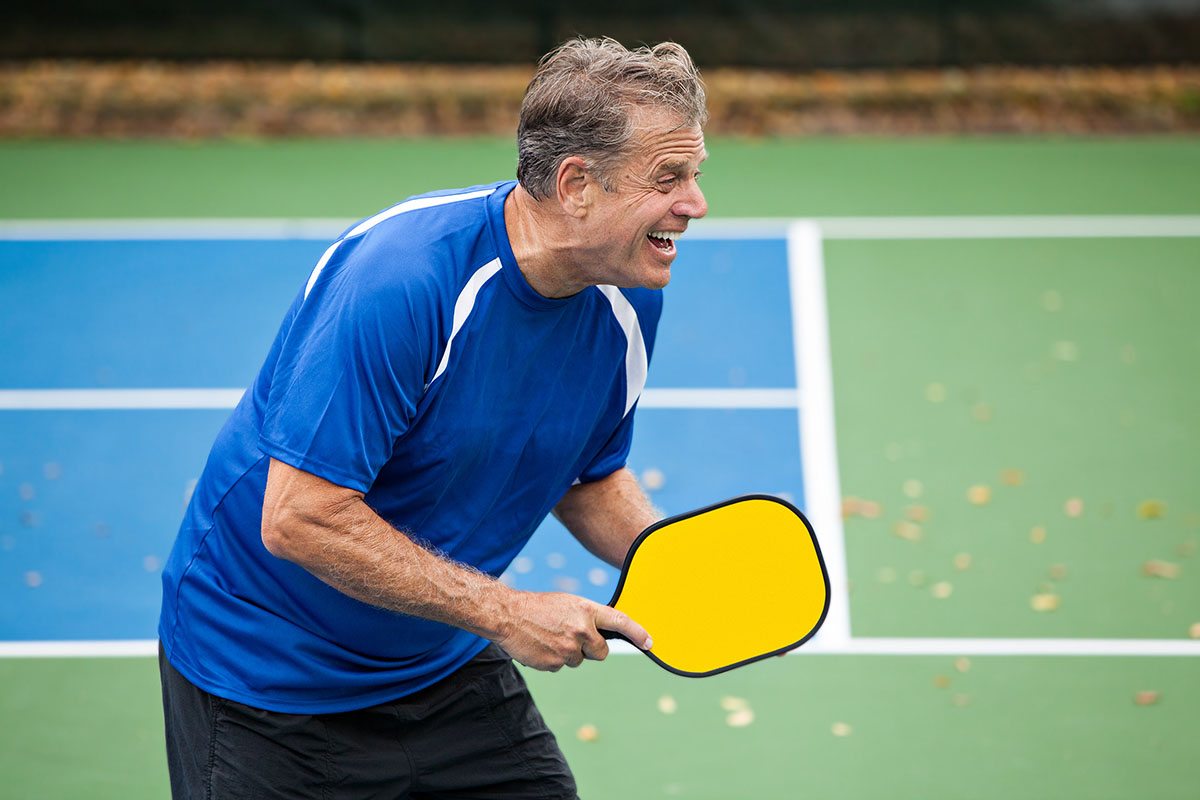Tennis courts, basketball courts, pickleball courts, and other types of game courts are built to last for years, even decades, in fact. But over time, even the most durable courts suffer general wear and tear. And since game courts are a pretty significant investment on a residential property, proper maintenance is imperative to make them last longer, as well as keep it a safe place to play.
So, how do you know if your game court needs resurfacing and repair? If you see the following signs, it may be time to call a tennis court design and build contractor or any general game court contractor to your property.
Big cracks and gaps
Small cracks on the surface of your game court don’t necessarily warrant resurfacing just yet, but it is highly important that you have them repaired before they grow bigger. If some small cracks went ignored and have grown bigger, however, it is a clear sign that you need to resurface your game court.
Cracks, gaps, and potholes can affect the quality of your court, making it difficult and sometimes even unsafe to use. Don’t leave the problem unaddressed for too long. Otherwise, you may risk getting yourself or someone injured on the court while playing.
Root damage
When roots of nearby trees start to grow or break through the surface of your game court, it needs to be resurfaced as soon as possible. When left unattended, roots will continue to grow over time, causing the pavement to crack and forming big holes on the surface. This can also make way for plants to start growing in the cracks or gaps, which can make your game court look unkempt.
In addition to resurfacing, you may need to call in an arborist to get rid of the tree with the roots (or the roots themselves) that growing underneath the court to ensure that it won’t happen again.

Standing water
Puddles in a game court, also referred to as “birdbaths”, are formed randomly on game courts that are poorly paved. These puddles are a source of inconvenience since you will have to wait for them to dry before playing or use a dryer to remove them from the court. Moreover, puddles can break down the coating on courts with acrylic surfacing, thus effectively shortening its lifespan.
What’s more is that puddles tend to collect dirt and debris, which can make the court’s surface too scratchy to allow for comfortable playing. Worse, the sandpaper-like texture of the surface can scuff tennis shoes, which is obviously a major annoyance.
Mold growth
If mold is starting to grow on your game court, it’s a clear sign that you need to get the problem fixed right away. Usually, mold growth is attributed to excessive water absorption by the surface and the court failing to drain the water effectively. When left ignored, mold causes a slipping hazard, which can lead to nasty injuries (and perhaps a lawsuit if other people are playing on your court).
To get rid of mold on the surface of your game court, call in a reputable contractor for resurfacing. Apart from that, it’s also important that you make sure that the court can drain water effectively. Otherwise, you may encounter the same problem again soon after you have your court resurfaced.
Presence of bubbles
Blisters or bumps on the surface of a game court result from standing water in the court. When you pop these bubbles, they will make a hollow sound that indicates space between the court and the ground underneath. These bubbles or bumps prove to be a tripping hazard for players, aside from making the court difficult to use.
If you notice one or more of the signs mentioned above, you likely need to resurface your game court. Doing so will not only restore your court to its former glory, but it also gets rid of the potential hazards that these faults can pose on everyone who uses the space.
